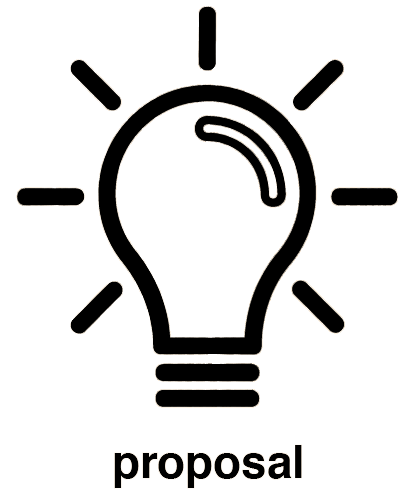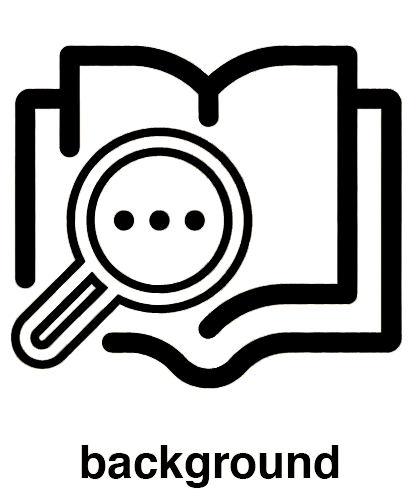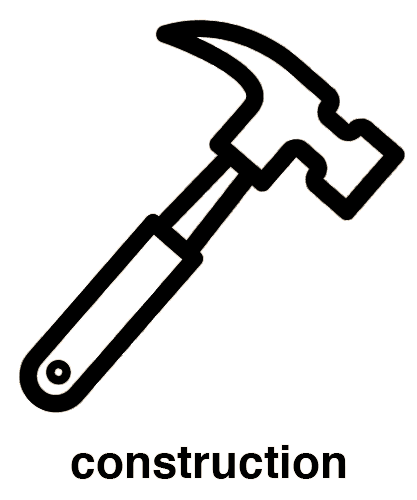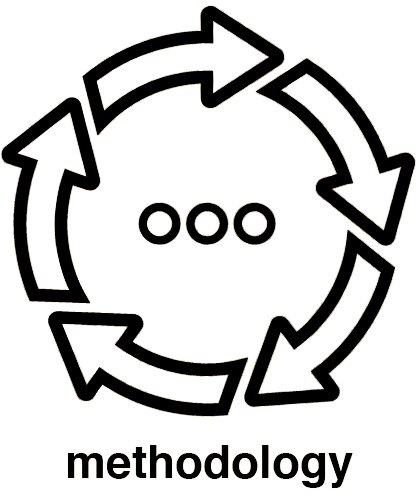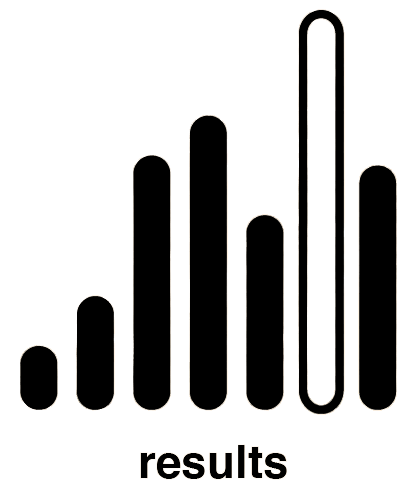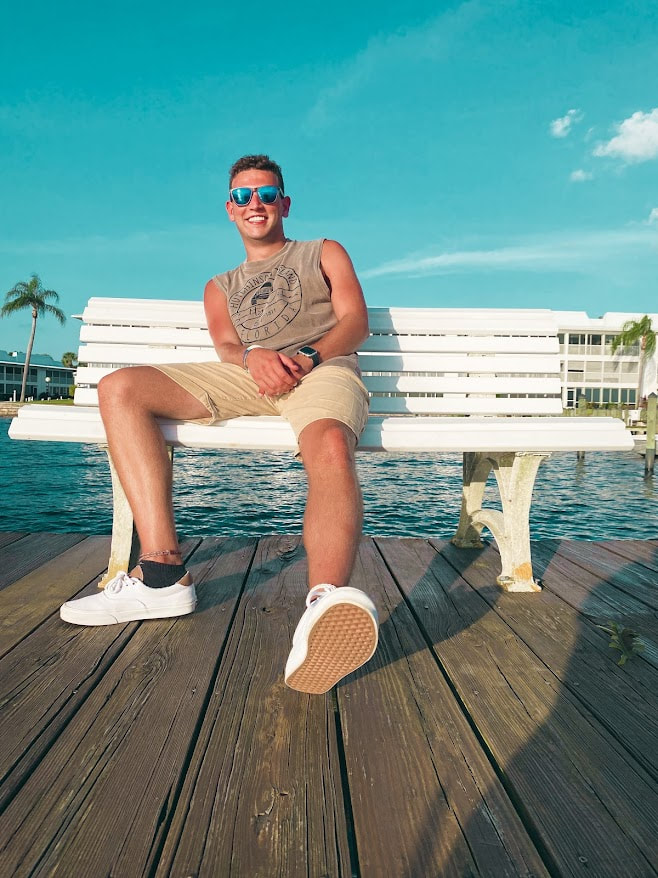-
Projects
- Environment Box
- Passive Refrigeration
- Water Cooling
- Fog Catching
- Roof Geometries
- Optimal Insulation
- Cooler Windcatcher
- Green Machine
- Mitigating Humidity
- Convective Air Flow
- Styrene Reuse
- Thermal Reflection
- ETFE Rigidification
- Phase Change Materials
- Polar Reflection
- Cavity Depth Variation
- Vapor Permeability
- Algae Facade
- Moisture Buffering
- Engineered Geometries
- Recycled Desiccant Materials
- Living Wall
- Solar Shading Facades
- SHADESin.reACTION
- Low-Fab Dehumidification
- Breathing Wall
- Urban Heat Island
- Acoustical Design
- Latent Heat of PCM's
- Insulative Qualities of Air
- About
- Lectures
- Assignments
- Workshops
- Syllabus
- Resources
Abstract
Based on the tropical Asian landlocked region of Laos, storing food in the elements is a method that creates mass amounts of food waste. This experiment can create a centralized unit of food storage to combat the mass amount of food waste in tropical developing regions. A method used to cool, which is closely related to sweating for humans, is the idea of evaporative cooling. If we can harvest this energy transfer from the sun to cool an environment to better help preserve food in tropical climates. Tropical climates tend to have hot humid conditions, the best environment for food decay, and rapid bacteria to grow. With this cooling method, we would be capable of cooling an environment enough to better preserve foods for such regions. To perfect such a complex earthy property we will need to find the best material to hold enough moisture but also promote the most evaporation cooling, a more permeable hydrophilic material such as sand will most likely promote the best evaporation cooling. In order to test we create a chamber in which the different materials will be tested to see which promotes the best evaporation cooling. Taking the next step we can use evaporative cooling to preserve food as well as one day to cool buildings to one day optimize a zero-energy cooling chamber for optimizing comfort.
|
